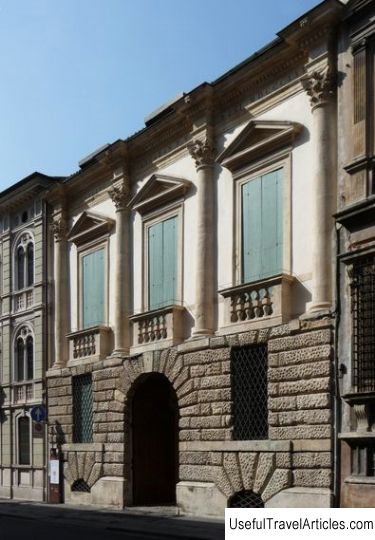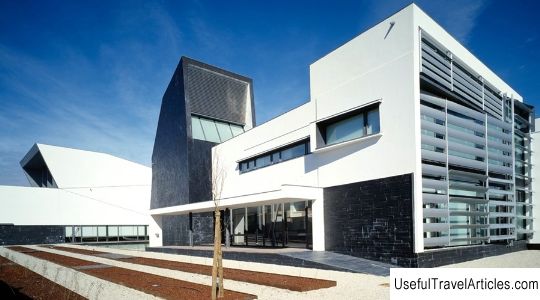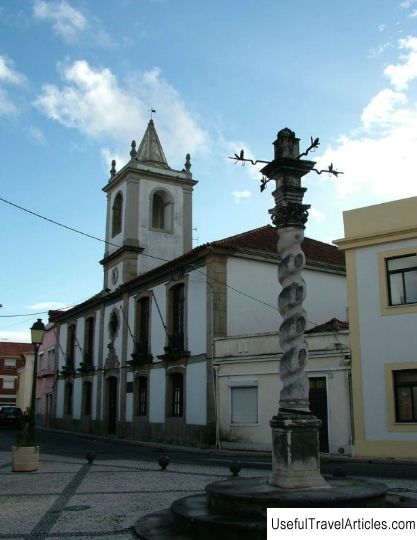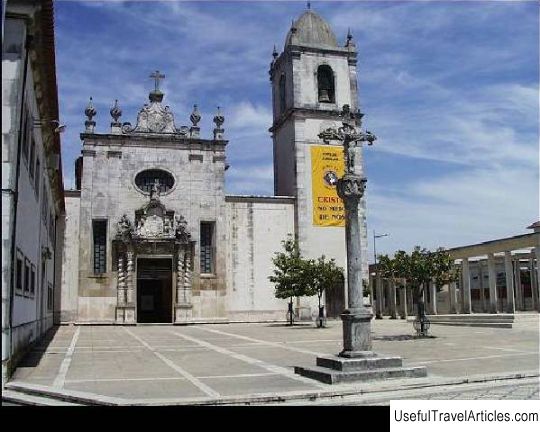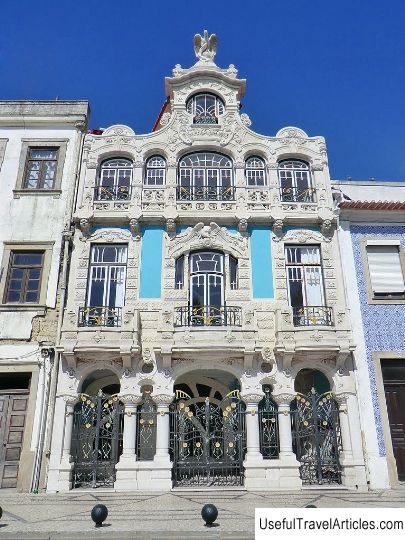Porcelain Factory Vishta-Allegre (Fabrica da Vista Alegre) description and photos - Portugal: Aveiro
Rating: 8,5/10 (1254 votes) 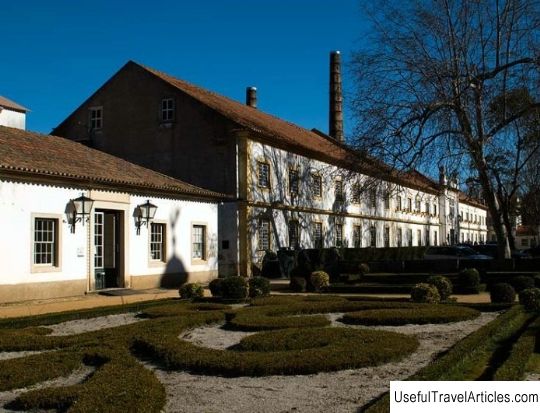
Porcelain Factory of Vista da Vista Alegre description and photos - Portugal: Aveiro. Detailed information about the attraction. Description, photographs and a map showing the nearest significant objects. The title in English is Fabrica da Vista Alegre. Photo and descriptionAveiro is considered one of the most beautiful cities in Portugal. This coastal city is also called "the second Venice", as a river flows through the city. Aveiro is surrounded by canals with painted boats, also called "moliseiro". These boats were used to collect algae, and now they can be used to travel around the city. Unlike Lisbon, the city has no hills; it will be easy to walk around the city and see its sights. In Ilhavo, which is outside the city, there is the Vishta-Allegri factory, one of the world's most famous porcelain factories. The factory was founded by Pinto Basto, who was inspired by the success of a glass factory located in one of the municipalities of Portugal Marina Grande. In 1815 he purchased the mansion. The location of the mansion was very successful, as this area had everything necessary for the production of porcelain and glass: fuel material, clay, pure quartz sand. A little later, he bought about 100 acres of land on which the premises were located and launched his project. In 1824 the factory received a royal patent for the production of porcelain. And 5 years later, the factory received the title of the Royal Factory. Victor Russo, a famous artist from France, made a huge contribution to the development of the factory. It was during this period that the products began to be decorated with gold and painted. The next 60 years were difficult for the factory, the factory practically fell into decay. After the First World War, the factory began to rebuild, mainly thanks to the active support of the artist Duarte Jose de Magaliaes. Then the equipment was modernized, art workshops were equipped, production was expanded and the factory began to conquer the international market. Foundations and councils were created that supported aspiring artists and made an invaluable contribution to the development of the style and design of porcelain. It is worth noting that the royal houses of Great Britain and Spain use dishes from this famous factory.       We also recommend reading City arsenal description and photo - Ukraine: Lviv Topic: Porcelain Factory Vishta-Allegre (Fabrica da Vista Alegre) description and photos - Portugal: Aveiro. |
